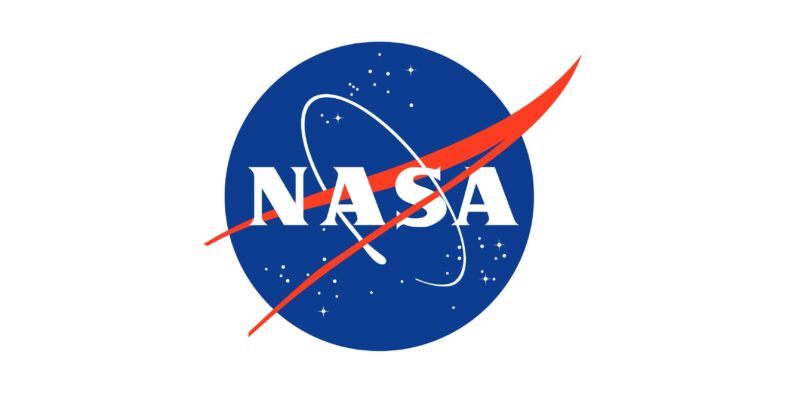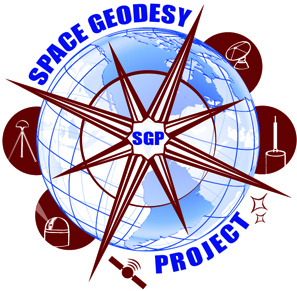
Geodesy group receives five-year NASA grant
MIT Haystack Observatory is the recent recipient of the NASA five-year contract “Advancing VGOS from a Budding Concept to a High-Accuracy Global Geodetic Observatory” as a follow-on to the current research and development efforts with the NASA Space Geodesy Project (SGP).

Since the late 1960s, Haystack has been in a productive partnership with NASA, originally in the conception and inception of the very long baseline interferometry (VLBI) technique, then in the development of various technologies and systems such as dual-frequency (S-/X-band) legacy VLBI, and most recently in the development of the next-generation VLBI geodetic observing system (VGOS). As part of this award, Haystack will continue to support the NASA geodetic VLBI efforts widely, from VGOS technology development and advancement, to sustaining engineering, observations, correlation, validation, and geodetic analysis and interpretation.
Support will also be provided by Haystack for the International VLBI Service for Geodesy and Astrometry (IVS), an international collaboration of organizations that operate and support global VLBI systems essential for the realization of the International Terrestrial Reference Frame (ITRF) and estimation of Earth orientation, particularly Universal Time (UT1).
The Haystack geodesy team is pleased to continue working with colleagues at SGP and look forward to continued innovation and technology development on VLBI together.